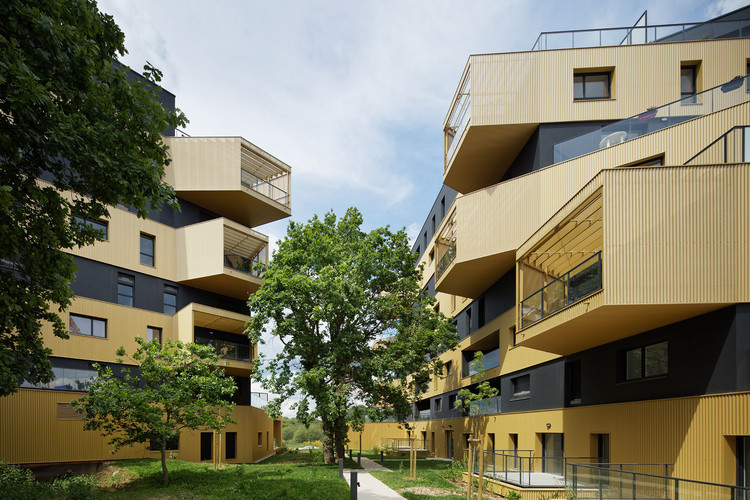Ali Ata Explains Integrating Green Building Practices in Urban Housing

Sustainability is becoming a driving force in urban housing. Developers are shifting toward eco-friendly practices to meet environmental standards and changing consumer demands. As per Ali Ata, integrating green building practices plays a vital role in shaping resilient, efficient communities. This shift is not merely about aesthetics or trends—it reflects a fundamental change in priorities for urban developers and residents alike.
Green Features in Modern Housing
Urban developments increasingly incorporate sustainable features. These help reduce environmental impact while offering long-term benefits to occupants. With growing concerns about energy use and environmental degradation, integrating sustainable elements is no longer optional.
Common elements include:
- Solar panels to reduce energy reliance and decrease utility bills
- Energy-efficient windows and insulation to retain temperature and reduce heating/cooling costs
- Rainwater harvesting systems that conserve water and minimize waste
- Recycled and locally sourced materials that support the local economy and reduce carbon footprints
- Passive cooling and lighting techniques that utilize natural elements to enhance comfort
These features improve overall building performance. They also align with market demands for sustainable living environments. As awareness of climate change increases, more urban residents are looking for homes that reflect their environmental values.
Partnerships Supporting Green Initiatives
Collaboration between public and private sectors supports sustainable housing growth. These partnerships can fund projects, streamline approvals, and boost community involvement. Creating a unified vision for sustainable urban development requires input and resources from various sectors.
Benefits of such partnerships include:
- Coordinated investment in eco-friendly housing that increases scalability and reach
- Easier regulatory navigation and permitting through aligned policies
- Enhanced trust and input from local communities that support long-term adoption
Such joint efforts enable broader application of sustainable practices in urban spaces. They foster a system where green housing isn’t just a luxury but a standard option for diverse populations.
Technology’s Role in Sustainable Housing
Innovations in building technology further support green initiatives. Tools like Building Information Modeling (BIM) help improve planning and reduce waste. Digital technologies help track, monitor, and optimize energy and water usage.
Key tech-driven strategies:
- Smart home systems for energy management, offering control and visibility
- Real-time energy monitoring that promotes accountability and behavior change
- Digital platforms that educate occupants on sustainable practices and maintenance
Such technologies help communicate the environmental value of a project and support resident awareness. When residents understand the benefits, adoption and participation in sustainable practices increase.
Balancing Sustainability and Affordability
Affordability remains essential in sustainable housing. Without cost-effective strategies, green developments risk becoming inaccessible to average-income families. The goal is to ensure that eco-friendly living is available to all, not just a select few.
Effective solutions may include:
- Scaling green technologies across units to lower implementation costs
- Accessing government incentives, rebates, and grants for green construction
- Applying flexible funding models such as mixed-income developments or green bonds
As per Ali Ata, combining sustainable features with affordability is essential to ensure wider reach and lasting impact. When cost-effective green housing becomes the norm, it helps create healthier, more inclusive cities.
Sustainable building practices are key to future urban housing. From design to delivery, integrating green solutions supports environmental goals and meets evolving market needs. These efforts also align with long-term financial savings and improved quality of life. As per Ali Ata, ensuring these practices are both effective and accessible will shape the next generation of urban living spaces. Green building, when communicated and cost-aligned, strengthens both communities and the planet. Urban housing must continue to evolve, embracing innovation, sustainability, and inclusivity as pillars of future growth.
